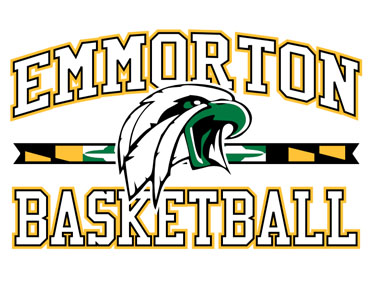Transforming Vintage Art into Vector Graphics: Preserving the Past in a Modern Format
Vintage art possesses a timeless charm that captivates us with its elegance and history. From weathered posters to classic illustrations, these treasures from the past carry a unique character that's hard to replicate. However, in the age of digital design, vector graphics offer a way to not only preserve but also rejuvenate vintage art. In this blog, we'll explore the art of transforming vintage art into vector graphics, delving into the process and its significance in the world of design and illustration.
Understanding Vintage Art and Vector Graphics
Vintage Art: Vintage art refers to visual artwork created in a bygone era, often characterized by unique aesthetics, classic styles, and historical significance. It includes various forms such as illustrations, paintings, advertisements, and more. Vintage art has a timeless quality that continues to captivate art enthusiasts and collectors.
Vector Graphics: Vector graphics are a type of digital image created using mathematical formulas to define lines, shapes, and colors. Unlike raster images (e.g., JPEG or PNG), vector graphics can be scaled infinitely without losing quality. They are commonly used for logos, icons, illustrations, and various digital and print designs.
The Process of Converting Vintage Art to Vector Graphics
Converting vintage art into vector graphics involves several steps:
- Selecting the Artwork: Begin by choosing the vintage artwork you want to convert. This could be an old illustration, poster, or any image that holds historical or artistic value.
- Scanning or Digitizing: To work with the art digitally, you'll need a high-resolution digital copy. This can be achieved through scanning the original artwork or using a high-quality photograph.
- Tracing: Use vector graphic software like Adobe Illustrator or Inkscape to trace the artwork. This process involves creating vector shapes that correspond to the lines, colors, and elements of the original art.
- Color Separation: In vector graphics, colors are defined by their specific values, such as CMYK or RGB. Identify the colors in the vintage art and separate them into distinct elements within your vector graphic.
- Fine-Tuning: Adjust and refine the vector graphic to ensure it retains the original style and detail. This may involve smoothing lines, adjusting colors, and perfecting shapes.
- Vectorization: Save the final artwork as a vector file format (e.g., SVG, AI, or EPS). These files can be easily scaled and edited without quality loss.
Benefits of Converting Vintage Art to Vector Graphics
The transformation of vintage art into vector graphics offers numerous advantages:
- Preservation: Vintage art
is often fragile and susceptible to damage. Vector conversion allows for
the creation of digital archives, preserving these artworks for future
generations.
- Scalability: Vector
graphics can be resized without loss of quality, making them versatile for
various applications.
- Adaptability: Once vintage
art is in vector format, it can be adapted for various modern uses, such
as branding, marketing materials, or merchandise.
- Restoration: Vectorization
allows for the restoration of aged or damaged art, bringing back its
original splendor.
- Versatility: Vector
graphics are adaptable for use in both print and digital media, ensuring
the art remains relevant and accessible.
- Reproduction: Vintage
artwork can be reproduced in multiple formats and sizes for collectors and
enthusiasts.
- Nostalgia and Appeal: The timeless appeal of vintage art is embraced by modern audiences, making it a valuable design choice that resonates with a sense of nostalgia.
Applications of Vintage Art Turned Vector Graphics
The possibilities for repurposing vintage art in vector format are limitless:
- Branding: Businesses can
incorporate vintage art into their logos and branding materials for a
timeless and nostalgic appeal.
- Merchandise: Vintage vector
art can adorn various merchandise, from apparel to home decor items.
- Art Prints: Create
high-quality art prints of vintage pieces to sell or display.
- Web Design: Vintage vector
graphics can be used in web design to evoke a sense of history or
nostalgia.
- Marketing and Advertising:
Incorporate vintage artwork into marketing campaigns, giving them a unique
and memorable edge.
- Book and Magazine Covers:
Vintage vector art is ideal for designing eye-catching covers and
illustrations.
- Interior Design: Use
vintage vector art to decorate interiors, from vintage-inspired cafes to
retro-themed rooms.
- Artistic Exploration: Artists can use vintage vector art as a foundation for new, innovative pieces, blending the old with the new.
Conclusion
The transformation of vintage art into vector graphics is a captivating
journey that bridges the past and the present. It not only preserves the beauty
and historical significance of vintage artwork but also breathes new life into
it, allowing for creative adaptations and applications in various industries.
As artists, designers, and collectors continue to explore this exciting fusion
of art and technology, we can expect to see vintage art reimagined in fresh and
innovative ways, keeping the spirit of the past alive in the digital age.


